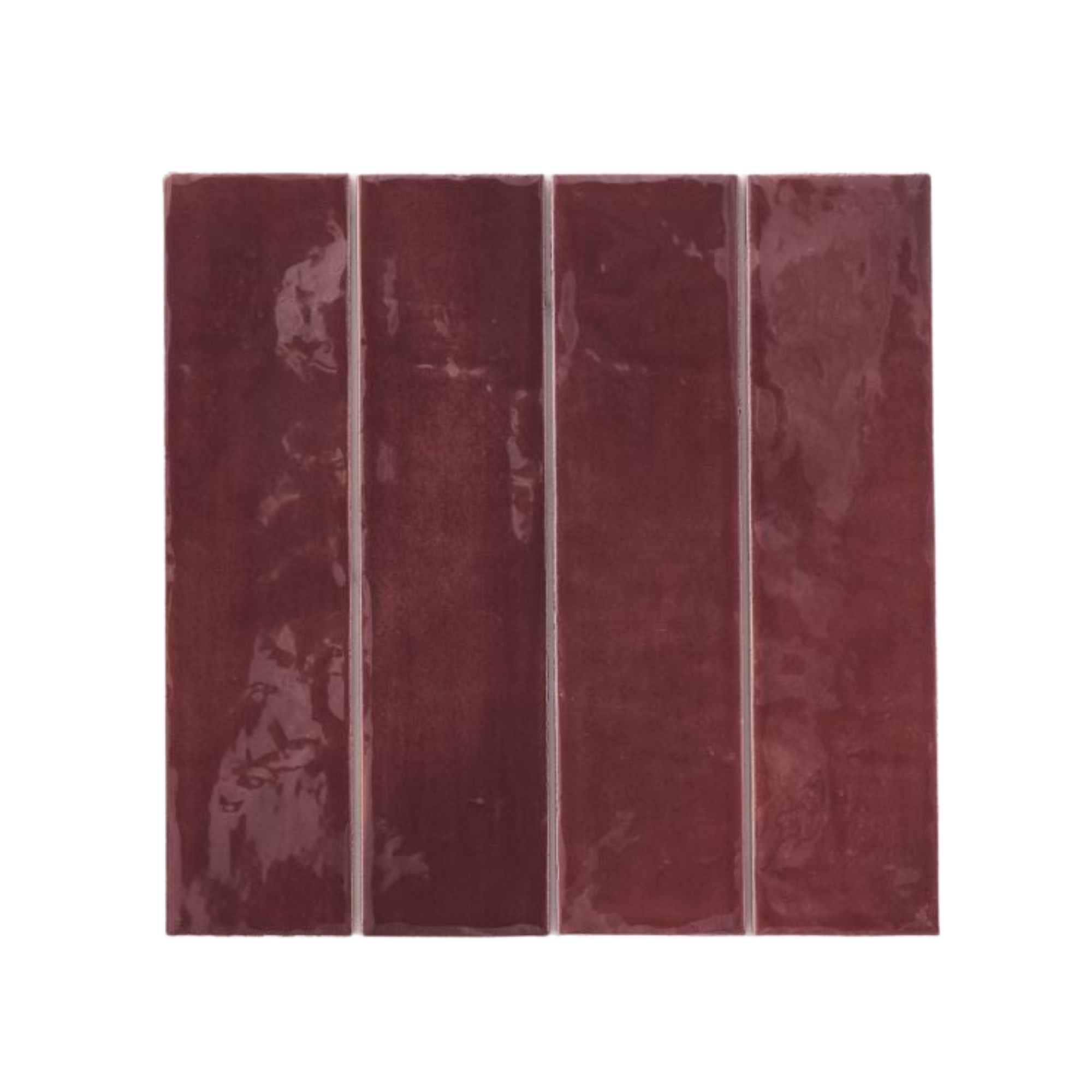How to See a Structural Column as an 'Oh-Wow' Moment, Rather Than an Obstacle
Hard to live with them, impossible to live without them — here's how to make structural columns a design feature, not a flaw

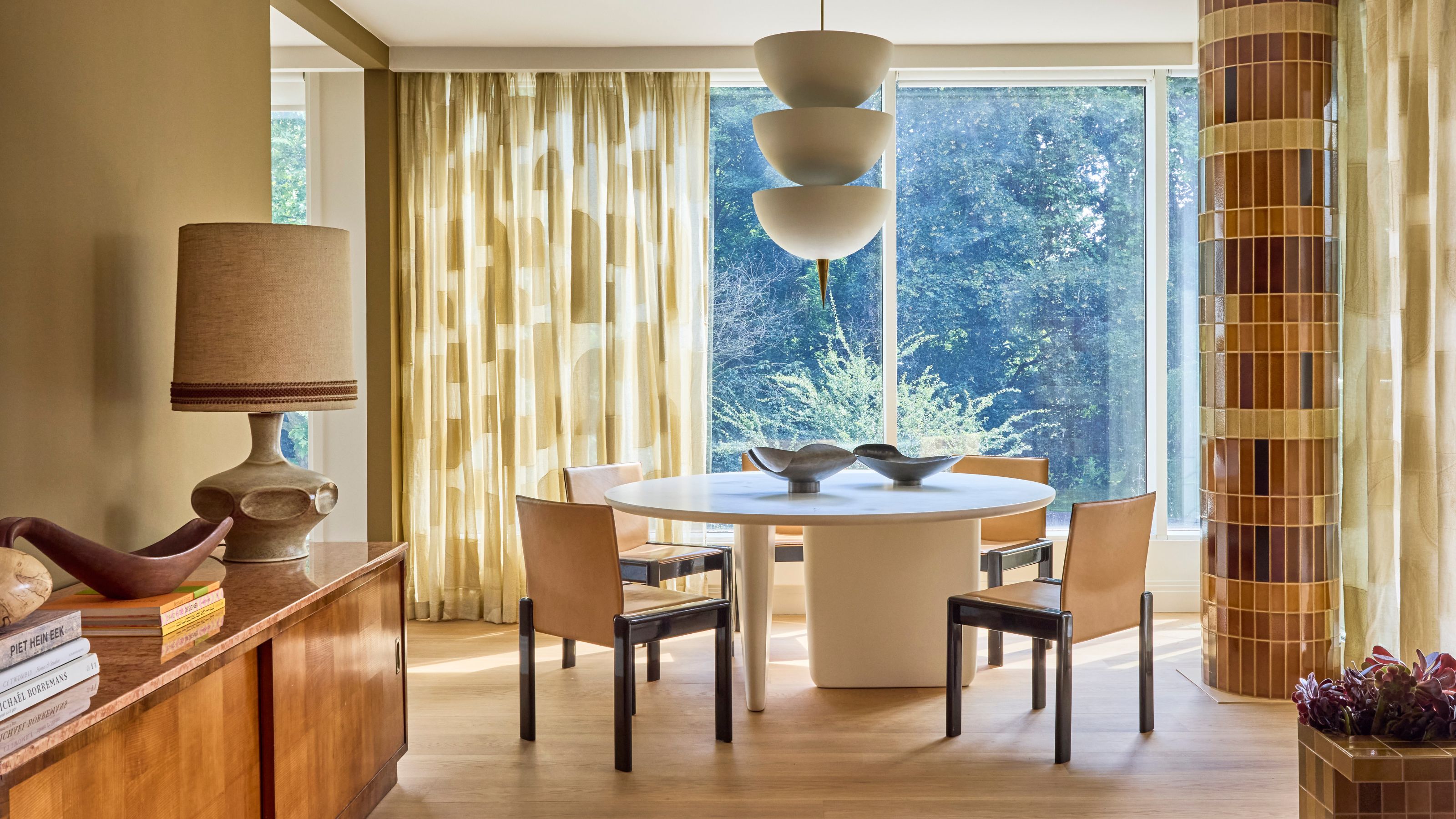
While most of us bemoan the boring 'white' box, others are out there dealing with much bigger inconveniences in their interiors: structural columns. Yes, they're difficult to live with, but in most cases, impossible to live without (literally), so it's worth finding ways to see them as a feature rather than a flaw in your home.
So, how do you cover, conceal, dress, or disguise structural columns imposing on your modern living room? Or wherever they fall. In most cases, it's about making them feel intentional — like a considered design element you chose to include, rather than one you couldn't remove.
"Whether it’s wrap-around seating, integrated shelving for books and objects, or even becoming part of a bespoke desk, it’s all about thinking creatively to transform a constraint into a standout element of the space," says Karl Openshaw, creative director of BAYA Interiors.
Below are five ingenious examples of designers who've done the seemingly impossible, making structural columns the star of the show, rather than just a supporting role. (Ba-doom-cha.)
1. Dress It in Faux Flowers
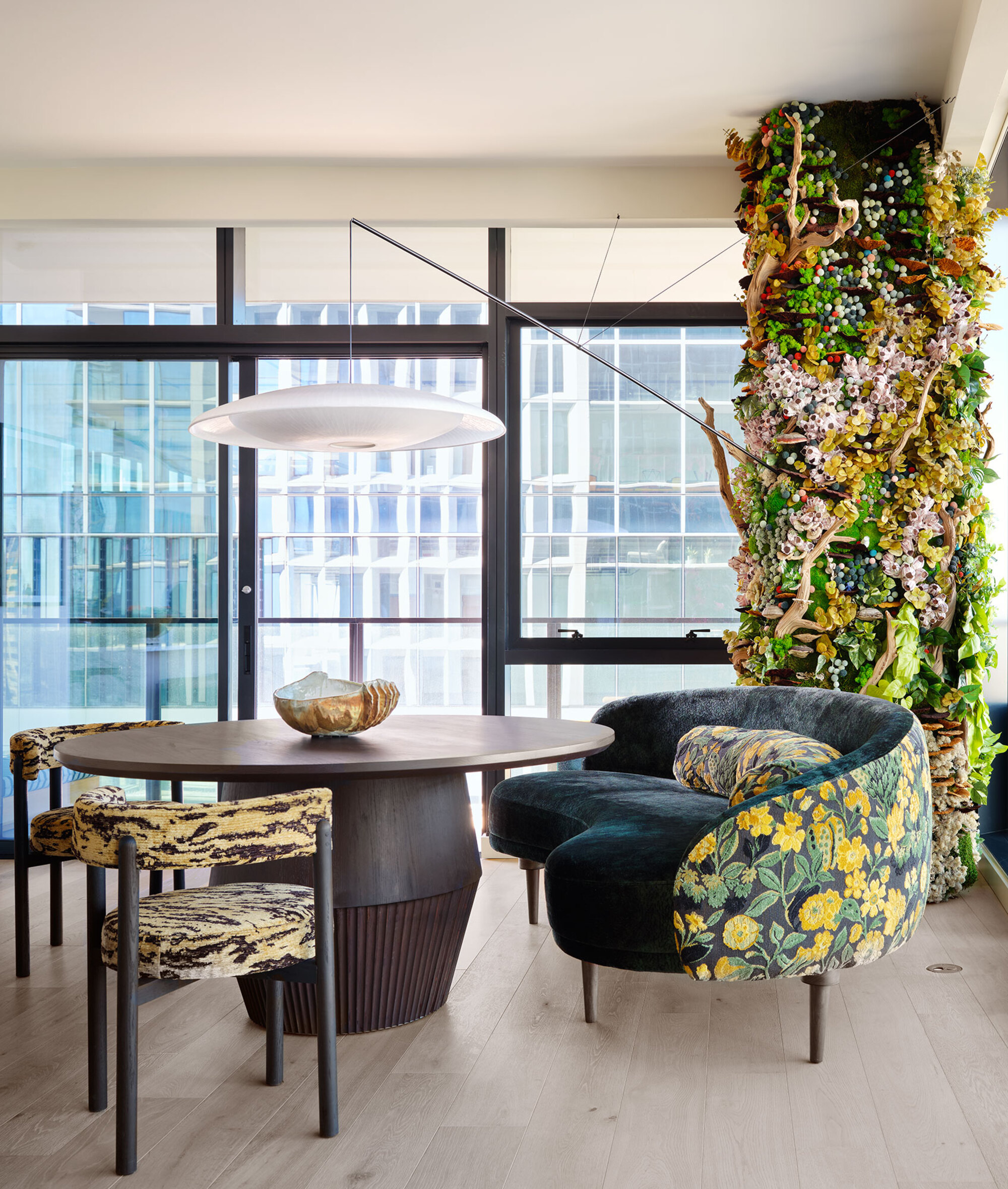
It seems counterintuitive, but sometimes the best way to detract from a structural column is to draw attention to it — perhaps even by decorating with flowers.
"The homeowner was passionate about transforming the prominent concrete column in his high-rise condo into a striking focal point," explains Michele Lorenz, principal at Ashby Collective. "We conceived a sculptural installation that blends freeze-dried florals, barnacles, driftwood, and other organic elements — turning an architectural challenge into a captivating work of art."
Michele Lorenz is a principal designer at Austin, Texas-based studio, Ashby Collective. She joined the team in 2002, after studying business in Zurich and jewelry design in Paris. Her work has been published in numerous high-end interior publications, and she recently won the 2017 Preservation Merit Award from Austin Preservation for her participation in the restoration of an iconic Austin home.
2. Wrap It in Timber
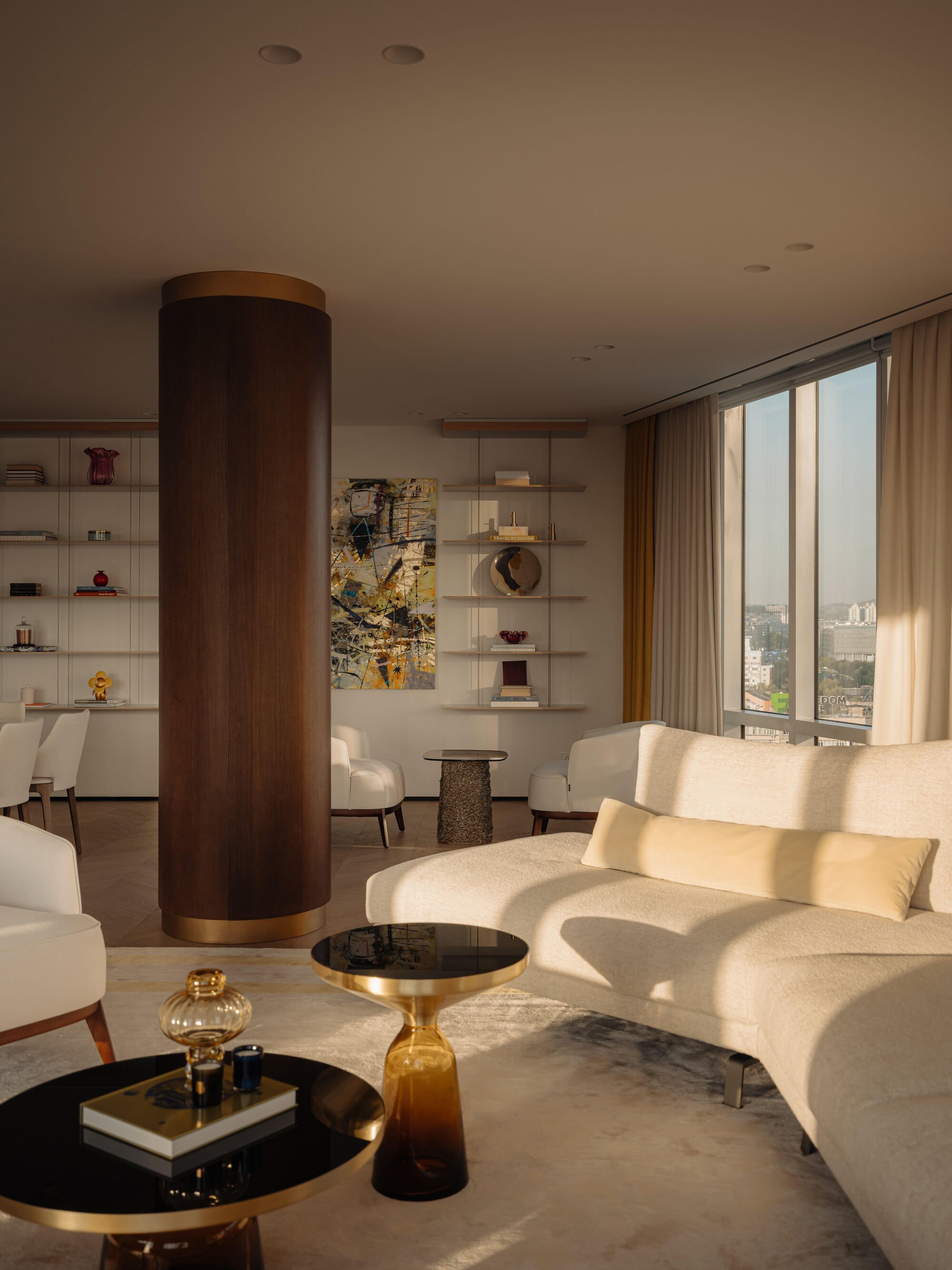
One of the biggest challenges with columns is that they often block sightlines and obstruct the flow of a space. But when it comes to hiding pillars, sometimes it's best to lean into it and let them guide the layout.
The Livingetc newsletters are your inside source for what’s shaping interiors now - and what’s next. Discover trend forecasts, smart style ideas, and curated shopping inspiration that brings design to life. Subscribe today and stay ahead of the curve.
"Rather than concealing the existing structural columns, we chose to celebrate them as integral design elements, cladding them in warm timber with refined brass accents," explains interior designer Aizhana Kunayeva, founder of AKKA Interiors, of the room shown above.
"The columns now serve as visual anchors that gently define zones within the open-plan layout — creating distinct areas for living, dining, and reading while preserving spatial flow and continuity," she adds. "Their rounded forms introduce sculptural softness, while the brass detailing echoes metallic elements found throughout the interior."
3. Give It a Purpose
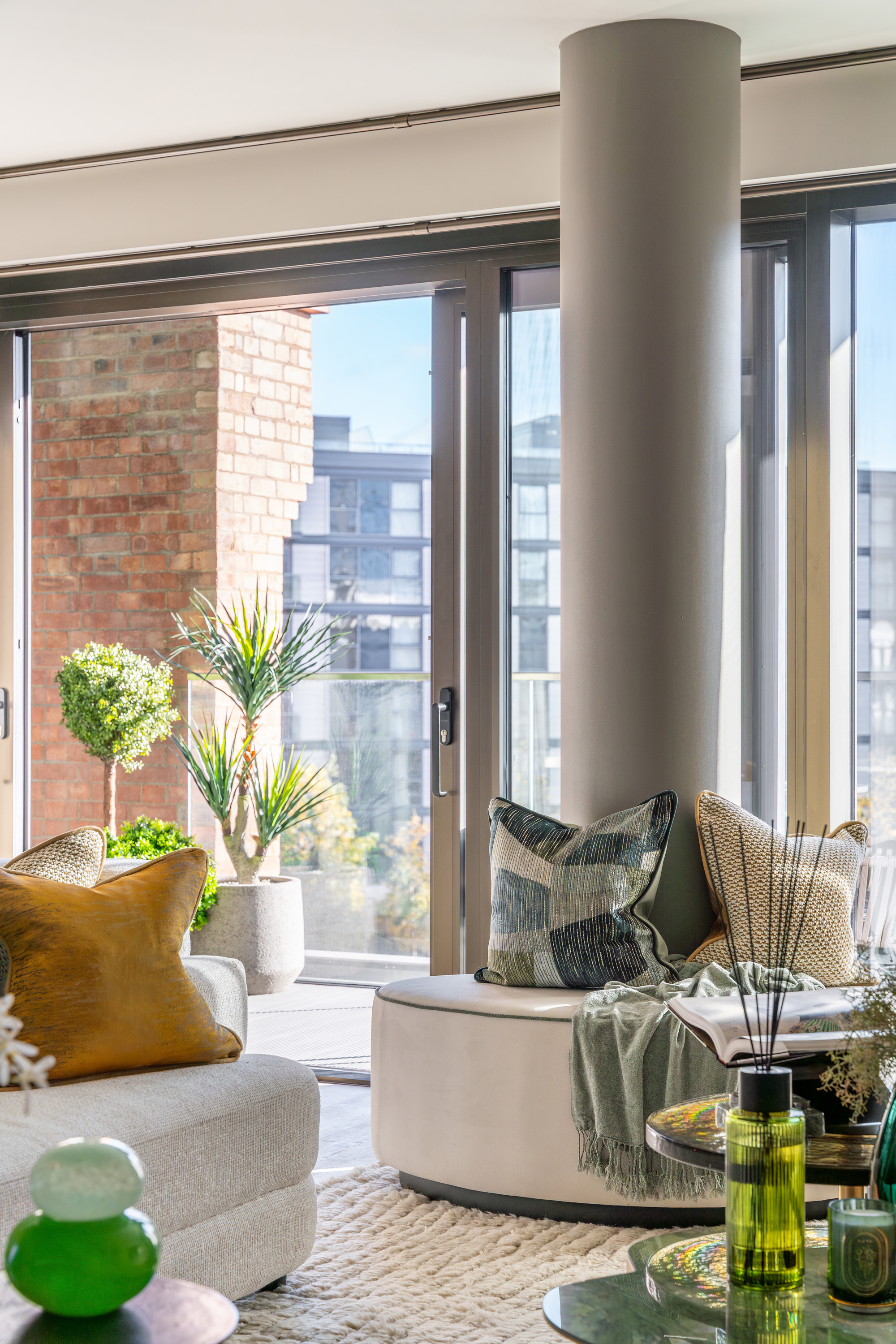
As a former power station, the project shown above presented plenty of unconventional architectural challenges for the BAYA Interiors team, including a prominent column positioned directly in front of a full-height window. But instead of trying to conceal or work around it, the team designed a bespoke wrap-around bench to soften its presence and make it feel intentional.
"The column shifted from obstacle to anchor," explains Karl Openshaw, creative director of BAYA Interiors. "It became part of the room’s rhythm, providing additional seating and contributing to the overall spatial flow without dominating it."
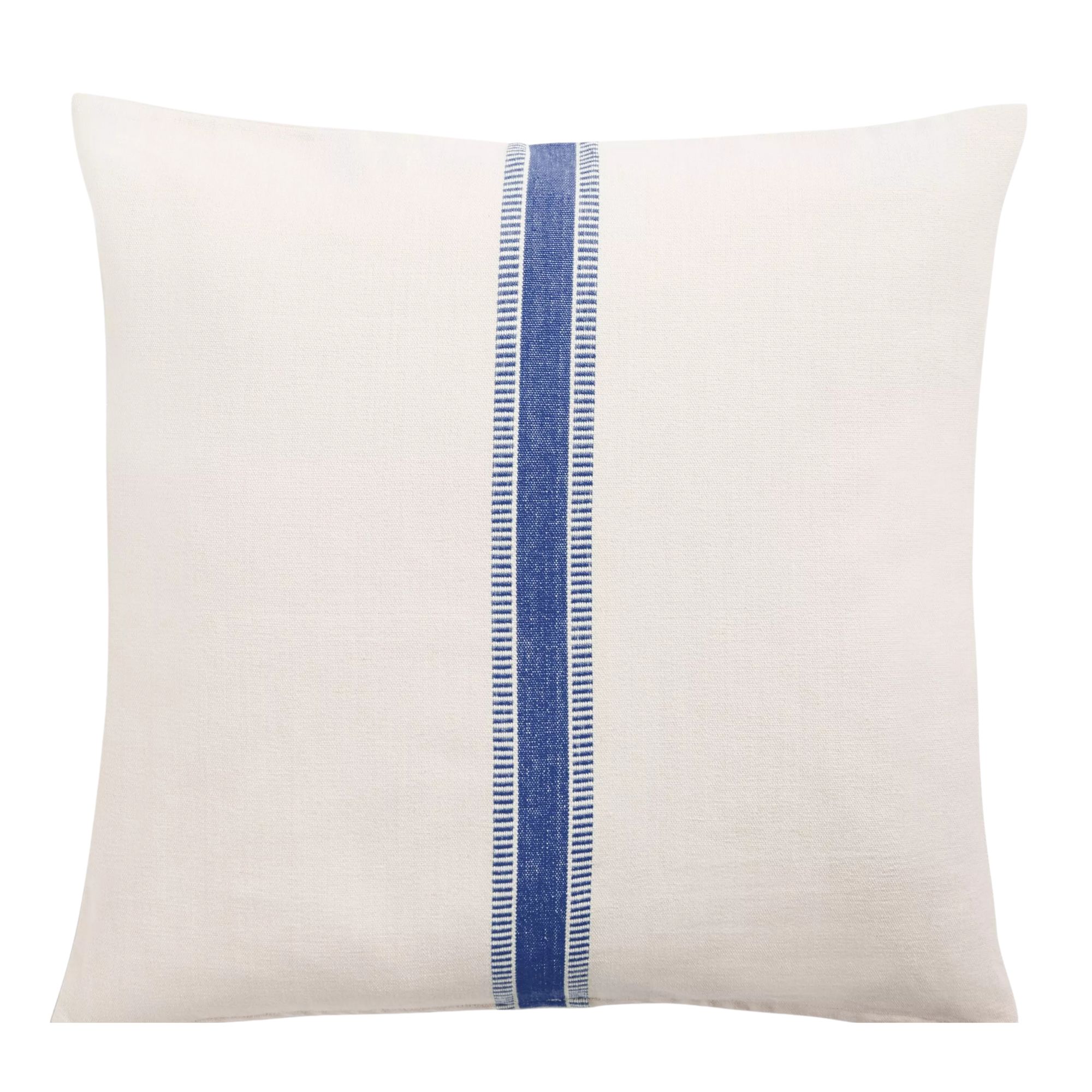
You can easily soften a bench seat with plenty of cushions, like this expensive-looking throw pillow.
Karl Openshaw is the creative director of newly-formed BAYA Interiors. Formerly the vision behind BLOCC Interiors, Karl has extensive experience across the design industry, with a strong focus on trend-forecasting that helps keep his designs fresh and forward-thinking. He's worked on projects in the UK and overseas, but his favorites are smaller, intimate spaces where thoughtful design is key.
4. Cover It in Colorful Tiles
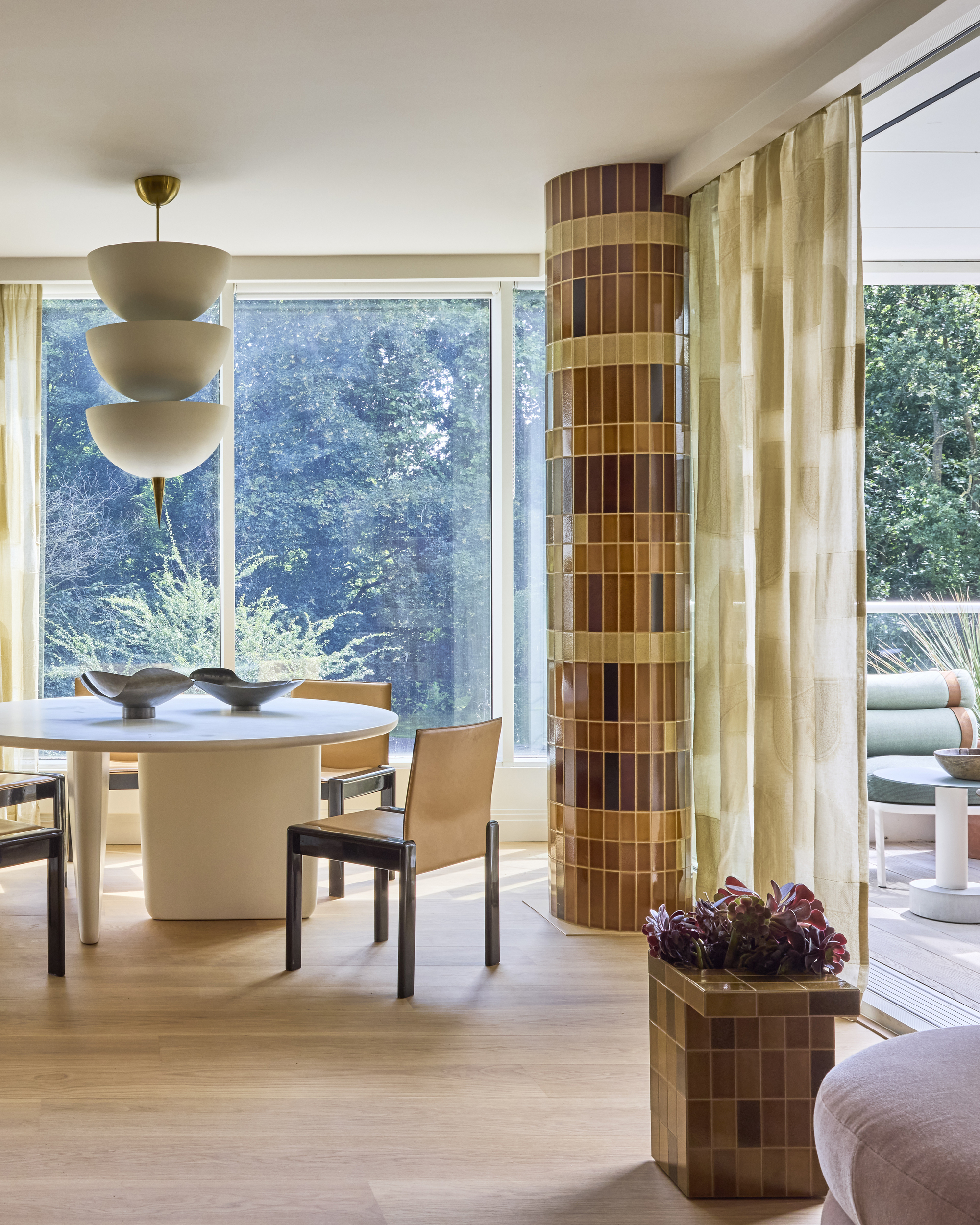
And lastly, you could easily 'hide' a pillar or structural column by turning it into a striking tiled feature, as seen in the dining room above by Maddux Creative. Rather than an eyesore in the space, it becomes a focal point — an 'oh wow'.
For this, glossy Zellige tiles work particularly well, as they reflect the different angles of light on the curved surface, adding further depth to the design. As the light shifts throughout the day, it will bounce off the column, giving the space a sense of life and movement.
When it comes to decorating with tiles on a curved surface, you're going to want to be quite selective with the shape you choose. A tall, skinny option like the one chosen by Maddux Creative will ensure the bend looks as smooth as possible. Other than that, get creative.
Though often seen as limiting, structural challenges are often what lead to the best design. Whether it's working out an awkward kitchen layout, building around beams, or hiding a pillar, they force you to think outside the box, come up with creative solutions, and can result in striking statements you'd never have otherwise considered.
"There’s something powerful about leaning into these so-called limitations," says Karl Openshaw. "With the right treatment, architectural constraints can become opportunities for storytelling."
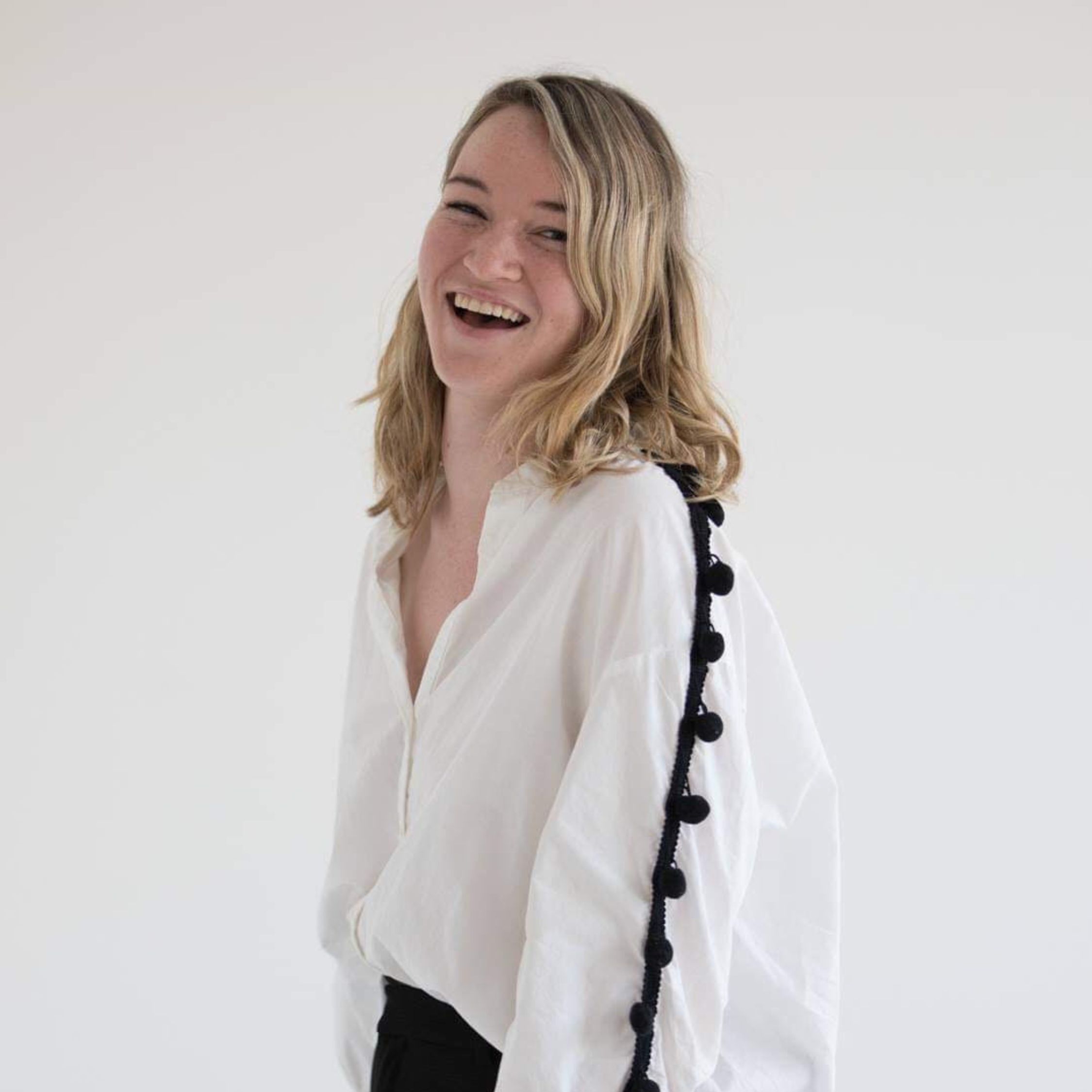
Emma is the Interiors Editor at Livingetc. She formerly worked on Homes To Love, one of Australia's leading interiors websites, where she wrote for some of the country's top publications including Australian House & Garden and Belle magazine. Before that she was the Content Producer for luxury linen brand, CULTIVER, where she nurtured a true appreciation for filling your home with high-quality and beautiful things. At Livingetc, she spends her days digging into the big design questions — from styling ideas to color palettes, interior trends and home tours. Outside of work hours, Emma can often be found elbow-deep at an antique store, moving her sofa for the 70th time or mentally renovating every room she walks into. Having just moved to London, she's currently starting from scratch when it comes to styling her home, which, while to many may sound daunting, to her, is just an excuse to switch up her style.

